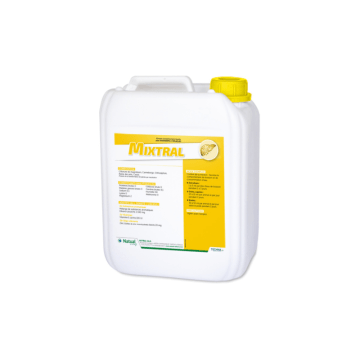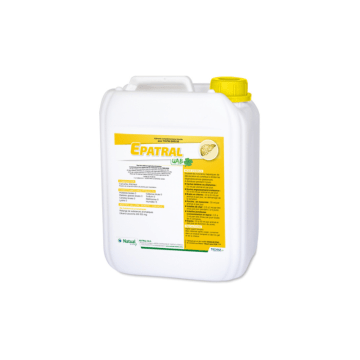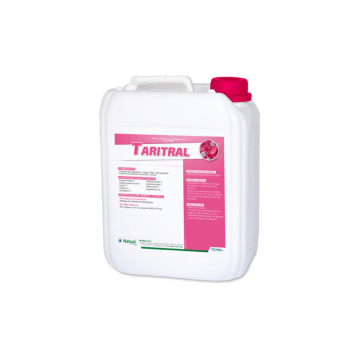Why are sows frequently prone to urinary tract infections?
Despite progress in animal welfare and farm hygiene, urogenital pathologies are a persistent problem, affecting 25% of sows per farm. The resulting risks to productivity and reproduction (heat return, drop in prolificacy, early culling, mortality, treatment costs, etc.) are also a threat to profitability. Breeding methods may be to blame, but the sow is nonetheless an animal predisposed to urinary tract infections. The vulva is soiled by faeces. Germs can easily penetrate the urinary meatus, which is close to the vulva. An aggravating factor is the repeated interventions in this anatomical area of the sow: 2 to 3 inseminations, 13-14 piglets at farrowing, not counting any digging..
Four warning factors for poor bladder emptying in sows.
A full or poorly drained bladder can be painful for the sow during farrowing. It can also act as an 'obstacle' to the passage of piglets, increasing the number of stillbirths. Studies have shown that there is more than one fewer weaned piglet per sow per year, and that the interval between weaning and the fertilising service is almost three days longer. In addition, epidemiological studies have shown that the frequency of urinary disorders increases with the age of the sows.
What factors should farmers be aware of?
- Locomotor disorders leading to reduced mobility.
- The frequent sitting position, which is conducive to urogenital infections and reduced watering.
- Bladder sphincter dysfunction. This encourages an increase in the quantity of residual urine and the appearance of distension or thickening of the bladder wall.
- Hormonal imbalance resulting in a reduction in the production of mucopolysaccharides that protect the bladder wall.
Good urination by sows eliminates bacteria and reduces the risk of urinary tract infection.
Therapeutic solutions exist to reduce the risk of infection. Breeding conditions designed to reduce microbial pressure in the perineal area or to increase the level of watering and motor activity in the sows, all help to reduce the interval between micturition.
But why focus so much effort on micturition? Faced with ascending infections, the mechanical action of washing the urethra through micturition has a chasing effect on bacteria, above all E. coli and Streptococcus spp. In fact, the urethra is not sterile. It is always subject to contamination, with a gradient that decreases from the urinary meatus to the bladder sphincter. Micturition helps to eliminate bladder bacteria. To do this, however, the bladder must be completely emptied, at frequent intervals, and the quantity of urine released must be sufficient.
Certain protocols using nutritional supplements help to improve sows' bladder emptying before and after farrowing. These nutritional specialities have the effect of preserving the sows' reproductive performance and strengthening their defences in the event of an infectious problem in the urovaginal sphere. The main aim is to encourage the animals to drink more water, which will make it easier to empty the bladder. Potential pain due to urination will thus be reduced. Our team of experts can advise you on the solutions and protocols to be implemented. Don't hesitate to contact us!




